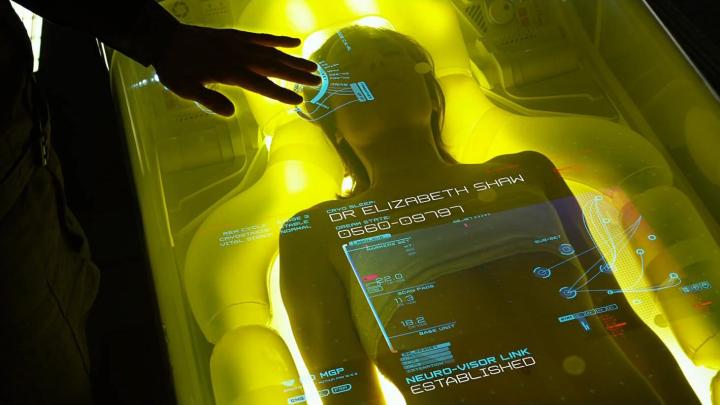
If you’re unfamiliar with the concept, here’s a quick rundown. Traveling far into space is a tricky endeavor. With existing technology, traveling to a planet like Mars takes about 180 days, for example. Keeping a crew of people alive (and entertained) in space for that long isn’t hard, but it does require a lot of food, water, energy, and other supplies. This makes manned long-distance space travel extremely expensive, since hauling more supplies requires huge amounts of storage space, and thousands of additional dollars just to get it all that stuff into orbit.
In theory, suspended animation would help solve this problem. If astronauts could be placed in a deep sleep during the journey, they would require far fewer resources along the way. Instead, they could just be put to sleep at the beginning and woken back up when they arrive at their destination.

Now, with a manned mission to Mars likely in its sights, NASA has begun to explore the viability of such an idea, and has recently funded a study by Atlanta-based aerospace engineering firm SpaceWorks Enterprises to help work out the kinks in the process.
Related: Cryostasis isn’t sci-fi: surgeons will soon use suspended animation to revive gunshot victims
The bulk of the study revolves around placing humans in torpor — a state in which metabolic and physiological activity is drastically slowed down. To do this, the company has developed a three-stage system. Step one involves sedating the person and using a neuromuscular blockade to prevent movement, whereas step two is to physically lower the person’s body temperature by about 10 degrees farenheit, thereby reducing cellular activity and metabolic rate by around 50 to 70 percent. This is achieved with the help of cooling pads and a nasally-inhaled coolant that lowers the subject’s temperature from the inside out. Then, once in torpor, the subject is hooked into an intravenous drip that supplies their body with all the nutrients needed to keep them alive.
Using these methods, SpaceWorks has reportedly managed to keep a person in stasis for a week — an impressive feat, but even so, there’s still much work to be done before the technology is ready for primetime. In addition to extending the length of the stasis period, the company has a handful of other hurdles to overcome. The potential onset of pneumonia, muscle atrophy, and bone loss have yet to be addressed; and the long term-effects of stasis on human organs is still largely unknown. SpaceWorks still has a long road ahead of it, but with a few more years of research, it’s not unreasonable to think that suspended animation, cryostasis, torpor –whatever you want to call it– might finally bring a manned mission to Mars within reach.



